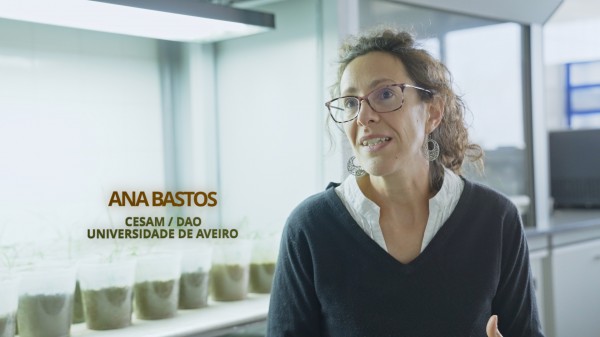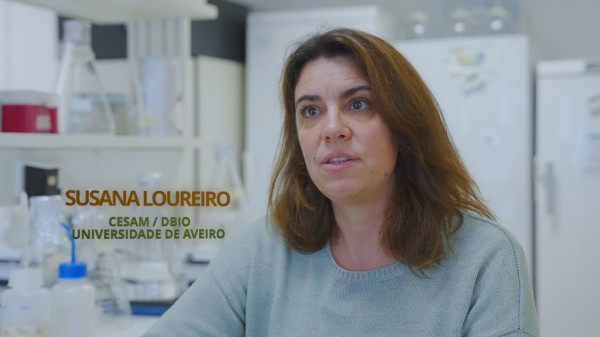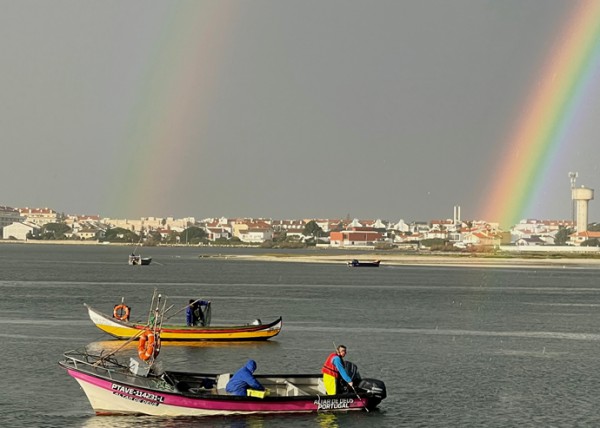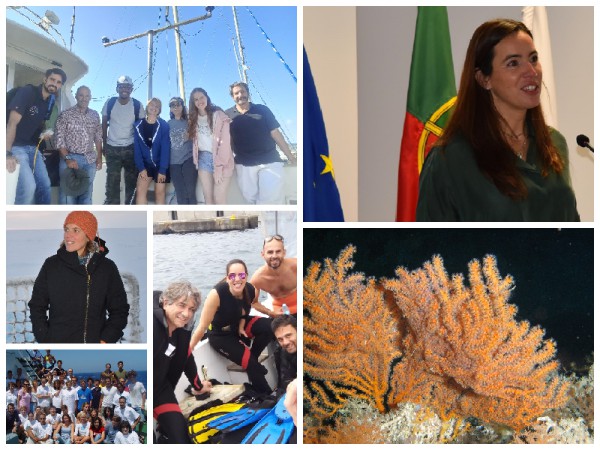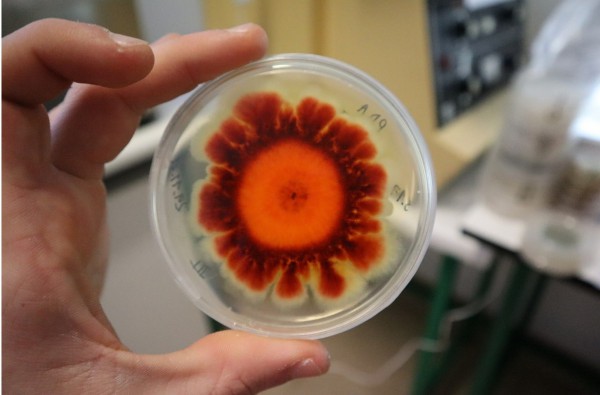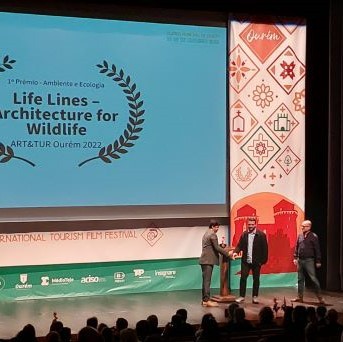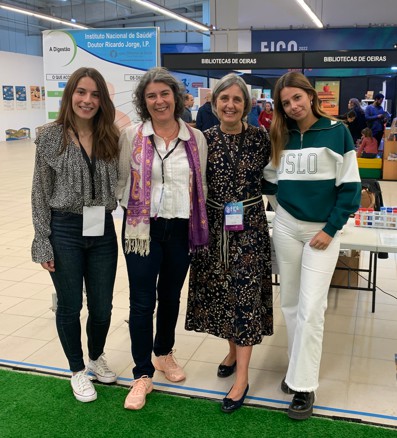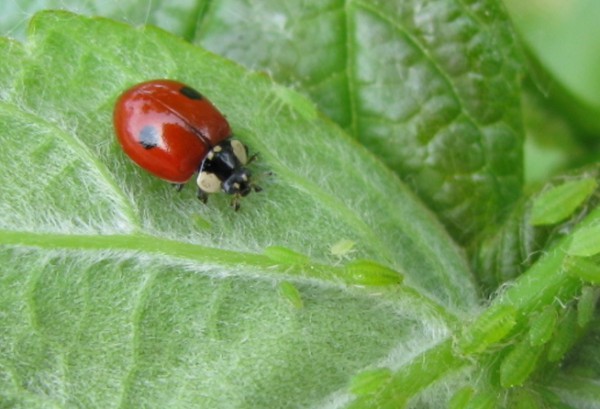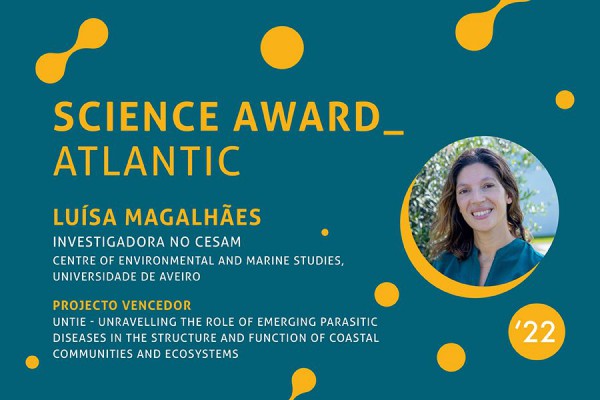No próximo dia 5 de dezembro celebramos o Dia Mundial do Solo, com um conjunto de atividades abertas ao público.
Complexo Pedagógico, Científico e Tecnológico | a partir das 14:00 h | entrada livre
Para conhecer um pouco mais sobre a importância da data e do estudo dos solos fomos conversar informalmente com três das nossas investigadoras e interromper o seu trabalho. A terceira conversa foi com Ana Bastos (CESAM |Departamento de Ambiente e Ordenamento da Universidade de Aveiro).
Os excertos abaixo são o resultado dessa breve conversa informal, que ocorreu nos seus laboratórios. Vídeo disponível aqui
Comunicação_CESAM: ‘Qual a importância que os solos possuem no nosso quotidiano?’
Ana Bastos: A nossa vida gira em volta do solo. O solo desempenha inúmeras funções vitais, e ao fazê-lo, está a prestar-nos múltiplos serviços. Poderíamos passar o resto do dia a falar das funções que o solo desempenha, mas há efetivamente algumas com que nos deparamos mais no nosso dia-a-dia: é estrutura e suporte para as nossas habitações e construções; é a base para a produção dos nossos alimentos (aliás, a FAO Fact Sheets estima que cerca de 95% das calorias que gastamos diariamente provém do solo) mas também fornece biomassa e matérias-primas (incl. as fibras téxteis para o nosso vestuário); regula a abundância e a qualidade dos nossos recursos hídricos (incluíndo eventos extremos, como inundações), assim como a qualidade do ar e da atmosfera (e neste caso, sendo a 2ª maior reserva de carbono do planeta, depois dos oceanos, tem um papel central na regulação climática); e aquela pela qual tenho uma preferência especial, é a de que é um reservatório de vida e biodiversidade ‘por excelência’, biodiversidade essa que tem inúmeras aplicações importantes, tal como na industria alimentar e na biomedicina (sabia que muitos dos nossos fármacos, incluindo antibióticos, imuno-suppressores e antitumorais, provém de (micro)organismos do solo?).
No entanto, os solos estão sujeitos a inúmeras pressões, nomeadamente de origem antropogénica. Por isso, é vital investigarmos o modo como as nossas atividades impactam o solo, para podermos definir metas e soluções concretas para problemas concretos, nomeadamente por parte dos setores agroalimentar e agroflorestal. E no que toca à investigação em solos, o CESAM encontra-se numa posição de liderança, não só ao nível da inter- e trans-disciplinariedade que o caracterizam, mas também pela qualidade e aplicabilidade dos resultados que aqui são gerados. E aproveito a deixar o convite a estes setores: procurem o CESAM, procurem os nossos serviços, porque temos todo o interesse em trabalhar convosco na resolução dos vossos problemas, e que são, ao fim e ao cabo, problemas nossos.
Comunicação_CESAM: ‘E quais as perguntas que procuram responder no vosso laboratório e que estão relacionadas com esta temática?’
Ana Bastos: A nossa investigação centra-se no estudo e aplicação sustentável de biocarvão (produto da pirólise de biomassa) a solos vulneráveis, para a melhoria e restauro de algumas funções específicas, sem no entanto, comprometer outras. E daí ter referido “sustentável”, e que obviamente, pressupõe muito trabalho de bastidores, a fim de identificar quais as combinações de fatores que garantem esse compromisso. Ora, e que funções do solo são essas que pretendemos optimizar? De um modo geral, prendem-se com:
- a capacidade de armazenar água (a que chamamos de função de “esponja” do solo), isto na perspetiva da melhoria da capacidade de adaptação do nosso ecossistema terrestre às alterações climáticas e combate à desertificação;
- a capacidade de reter nutrientes, e que combinada à retenção de água, conduz a um aumento da taxa de crescimento das plantas e produtividade agrícola/florestal;
- o sequestro de carbono, isto numa perspetiva de mitigação das alterações climáticas e redução da emissão de gases de efeito de estufa;
- por fim, outra função essencial que se tem tornado um ponto fulcral do nosso trabalho (porque ainda há muito pouca investigação nesta temática fora do CESAM), tem a ver com a melhoria do habitat para polinizadores e macroinvertebrados do solo, considerando o papel fundamental que estas comunidades têm, nomeadamente ao nível da produção agrícola e das cadeias tróficas terrestres.
Claro está que trabalhamos sobretudo de forma interdisciplinar, e temos aqui algumas parcerias chave, nomeadamente com a Terraprima, o Instituto Superior Técnico (IST-ID), o Instituto Superior de Agronomia, o MED da Universidade de Évora, a Estação Vitivinícola da Bairrada (DRAPC) e a Universidade de Harper-Adams (Reino Unido). No entanto, mantemo-nos sempre abertos e interessados em estabelecer novas colaborações, dentro e fora da UA.
